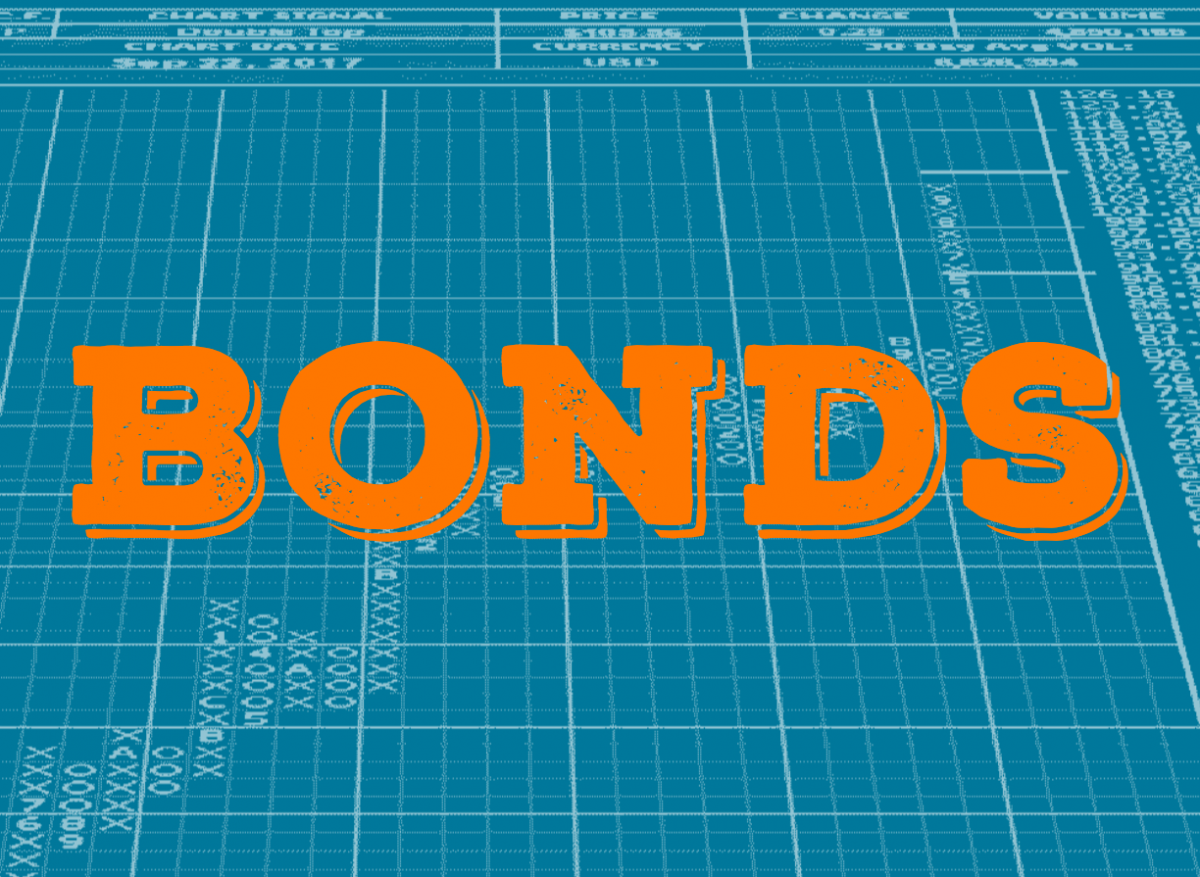by Matthew Tucker, Head of iShares Americas Fixed Income Strategy, Blackrock
Bond ETFs can add value to a portfolio, whether you are an individual investor, financial advisor or institutional investor. Matt explores what’s behind the upside.
I am back in New York this week for one of my favorite events of the year, iShares Fixed Income Leaders Circle, a conference that BlackRock hosts for institutional investors who use bond exchange-traded funds (ETFs). People sometimes are surprised that institutions are such a big part of the ETF market. I talk often about the “democratization” of the bond market that ETFs have driven, and it seems natural to assume that the big winners are everyday investors who can have difficulty buying and trading bonds themselves. And they can benefit. But what many don’t realize is that ETFs can also deliver benefits to the most sophisticated investors in the marketplace. Portfolio managers and traders from the world’s largest pension funds, asset managers and insurance companies also use bond ETFs.
But you might ask, why? Institutional investors have, at their disposal, sophisticated trading desks, analysts and technology platforms for trading bonds. What do they need an ETF for? Here are three big reasons:
1. Transaction costs
The average bid-offer spread for trading an investment grade corporate bond, for example, is 50 basis points. (Source: BlackRock, as of 6/12/2017. Based on transaction costs calculated for Markit iBoxx USD Liquid High Yield Index.) A liquid bond ETF tends to trade at a spread of 1 basis point (Source: Bloomberg, as of 6/12/2017). 50 versus 1. That kind of efficiency is valued by all investors.
2. Continuous liquidity
A highly liquid corporate bond might trade a few hundred times per day. An illiquid bond can go weeks without trading. (Source: trading data from TRACE, calculations by BlackRock.) This lag can create real challenges for investors who are trying to build portfolios. In contrast, a liquid bond ETF tends to trade thousands of times a day (Source: Bloomberg).
3. Portfolio management
Big institutions often have to move around large blocks of money: new inflows for a mutual fund, or a maturity payment from a bond held by an insurance company. These investors generally want to invest this money quickly, so that they can get exposure to the market for income potential. But it often takes time to find and buy the bonds they are looking for. Conveniently, an ETF can serve as a bridge. When that maturity payment comes in, the portfolio manager can buy an ETF and quickly be back in the market. After the right individual bonds are located, the portfolio manager can choose to sell down the ETF position. ETFs can help manage portfolios more efficiently.
Now of course the challenges faced by the biggest investors in the world are different than those faced by most people. Individual investors and financial advisors use bond ETFs because they are generally low cost, tax efficient and easy to trade on an exchange. However, the benefits of bond ETFs that I have talked about today apply to everyone.
Transaction costs can eat up a significant portion of your yield if you are not careful; trading more efficiently is always a good idea. Being able to invest when you want to invest is not something on most people’s radar, but it can be very important when you need to invest new money, rebalance your portfolio or liquidate a holding. And instead of having cash sitting on the sidelines, bond ETFs can help you stay invested. Remember the old adage: The important thing is not timing the market; it is time in the market.
The next time you are thinking about how to manage your bond investment, think about ETFs. It doesn’t matter if you are a pro or not—bond ETFs can be a useful investment tool. Gotta run, the conference is starting and I need to grab a seat.
*****
Matt Tucker, CFA, is the iShares Head of Fixed Income Strategy and a regular contributor to The Blog.
Learn more about how consistent investment performance and low fees are critical to achieving your fixed income goals in today’s environment.
Copyright © Blackrock














